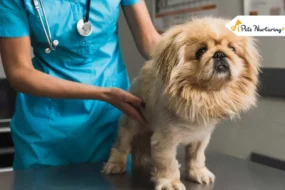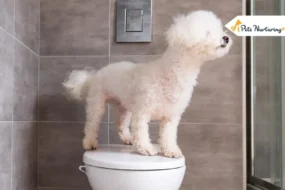
As a dog owner, ensuring your furry friend’s health and well-being is a top priority.
Proper health maintenance not only extends your dog’s lifespan but also enhances their quality of life. This comprehensive guide will walk you through the essential aspects of dog health maintenance, including nutrition, exercise, grooming, preventive care, and mental stimulation.
Maintaining Your Dog’s Health: 5 Parameters to Consider
1. Nutrition
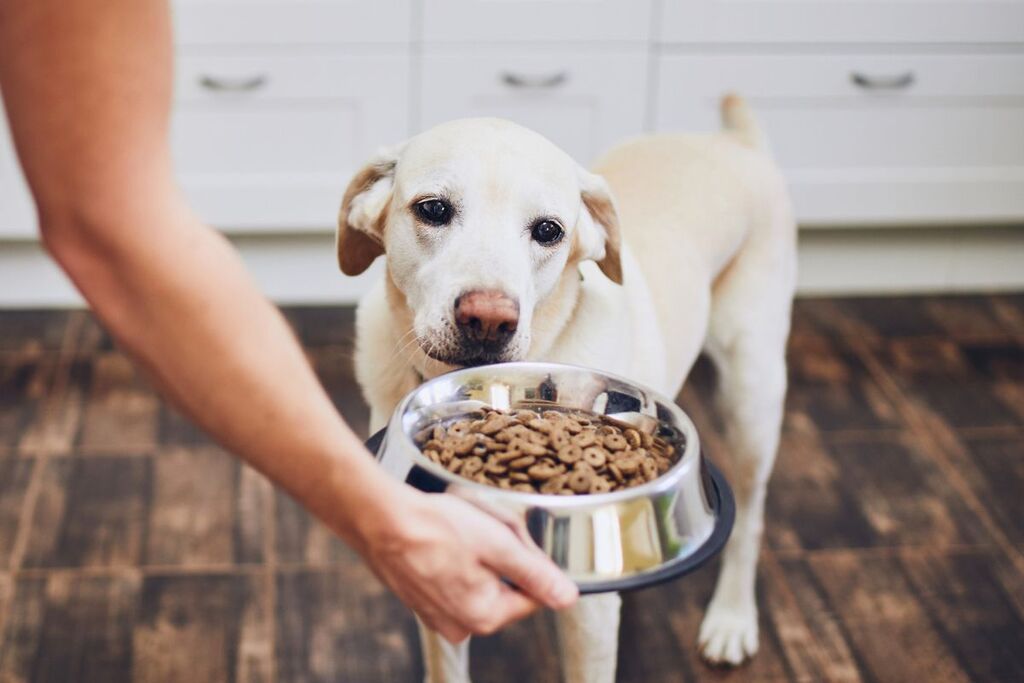
A balanced and nutritious diet is the foundation of your dog’s health.
When selecting dog food, consider your pet’s age, size, breed, and activity level. Opt for high-quality food that contains essential nutrients, such as proteins, fats, carbohydrates, vitamins, and minerals.
Look for food that meets the standards set by the Association of American Feed Control Officials (AAFCO) to ensure it is complete and balanced.
Avoid overfeeding, as obesity can lead to various health issues like joint problems, diabetes, and heart disease. Follow the feeding guidelines on the food packaging and adjust the portions based on your dog’s body condition.
Regularly monitor your dog’s weight and consult with your veterinarian if you notice any significant changes.
Ensure your dog has access to clean, fresh water at all times. Clean their water bowl daily and refill it with fresh water.
If you have multiple dogs, provide separate food and water bowls to prevent resource guarding and potential conflicts.
2. Exercise

Regular exercise is crucial for maintaining your dog’s physical and mental health. It helps keep their muscles strong, joints flexible, and weight under control.
The amount of exercise your dog needs depends on factors such as age, breed, and overall health. Generally, most dogs require at least 30 minutes to an hour of physical activity per day.
Engage your dog in activities like walks, runs, playtime, and swimming. Adjust the intensity and duration of the exercise based on your dog’s fitness level and gradually increase the activity as they build stamina.
Be mindful of your dog’s limits and watch for signs of fatigue or overexertion, especially in extreme weather conditions.
In addition to physical exercise, provide your dog with mental stimulation through interactive play, puzzle toys, and training sessions. Mental stimulation helps prevent boredom, reduces destructive behaviors, and strengthens the bond between you and your dog.
Consult with your veterinarian to create an exercise plan tailored to your dog’s specific needs, taking into account any health concerns or limitations.
3. Grooming
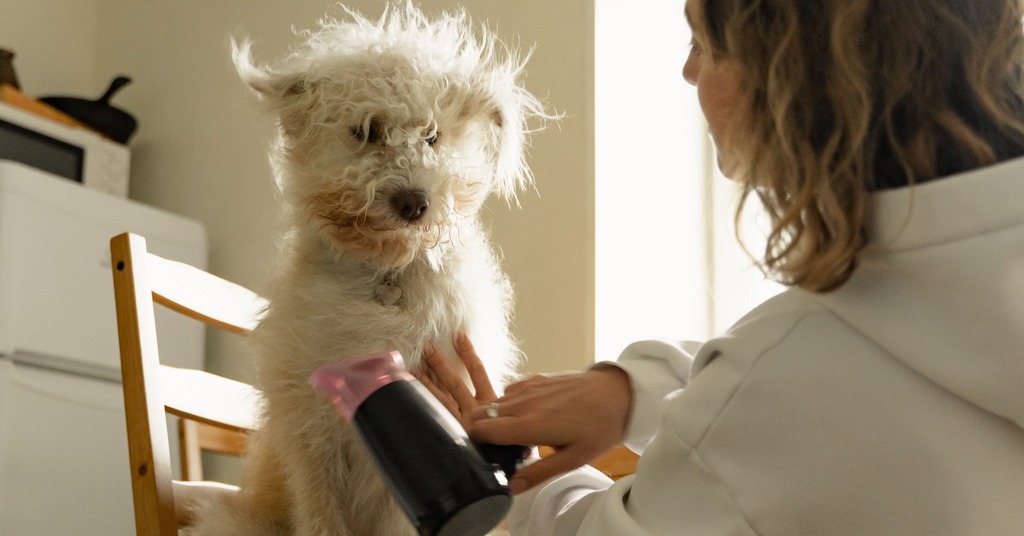
Grooming is an essential aspect of dog health maintenance. Regular brushing helps remove loose fur, distribute natural oils, and prevent matting.
The frequency of brushing depends on your dog’s coat type and length. Short-haired dogs may require brushing once a week, while long-haired breeds may need daily brushing to prevent tangles and mats.
Bathing your dog every few months, or as needed, helps keep their skin and coat clean and healthy.
Use a dog-specific shampoo that is gentle on their skin and avoid bathing too frequently, as it can strip the natural oils from their coat. After bathing, thoroughly rinse your dog and dry them with a towel or blow dryer on a low, cool setting.
Trim your dog’s nails regularly to prevent overgrowth and discomfort.
If you hear your dog’s nails clicking on the floor, it’s a sign that they need trimming. If you’re unsure about trimming your dog’s nails yourself, consult with a professional groomer or veterinarian for guidance.
Brush your dog’s teeth daily or at least a few times a week to maintain oral hygiene and prevent dental issues. Use a dog-specific toothpaste and toothbrush.
4. Preventive Care

Preventive care is also a key to maintaining your dog’s health and detecting potential issues early on.
Schedule regular check-ups with your veterinarian, typically once or twice a year.
Keep your dog up-to-date on vaccinations, as they protect against various infectious diseases.
Administer regular flea, tick, and heartworm prevention medications as recommended by your vet.
Get your dog spayed or neutered to prevent unwanted litters and reduce the risk of certain cancers and behavioral issues.
5. Supplements and Treats
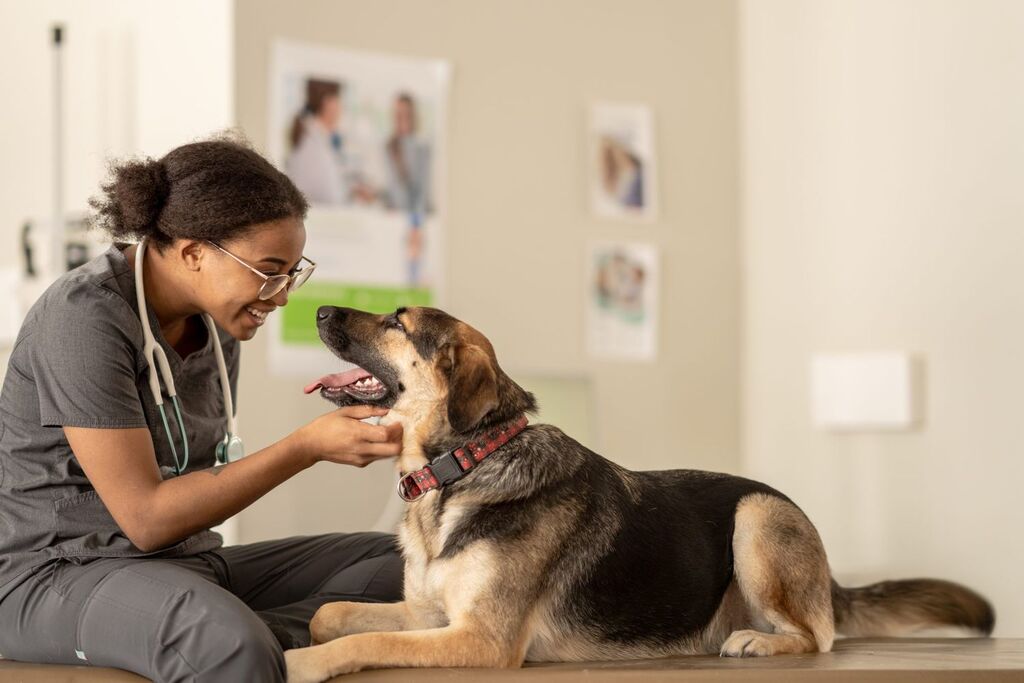
While a balanced diet should provide all the necessary nutrients, some dogs may benefit from additional supplements.
Consult with a veterinary relief service to determine if your dog needs any specific supplements based on their health status, age, or breed-specific requirements.
Common supplements include omega-3 fatty acids for skin and coat health, glucosamine and chondroitin for joint support, and probiotics for digestive health.
Treats can be a great way to reward your dog during training or simply show affection. However, treats should make up no more than 10% of your dog’s daily caloric intake to prevent obesity.
Opt for healthy, low-calorie treats and avoid table scraps, as they can disrupt your dog’s balanced diet and lead to digestive issues. You can see benadryl dosage for dogs in detail.
Conclusion
Dog health Maintenance requires a holistic approach that encompasses nutrition, exercise, grooming, preventive care, and mental stimulation.
By following this comprehensive guide and working closely with your veterinarian, you can ensure your furry companion lives a happy, healthy, and fulfilling life.
Remember, investing time and effort into your dog’s health maintenance is a testament to the unconditional love and companionship they bring to your life.
In Case You Missed It!








